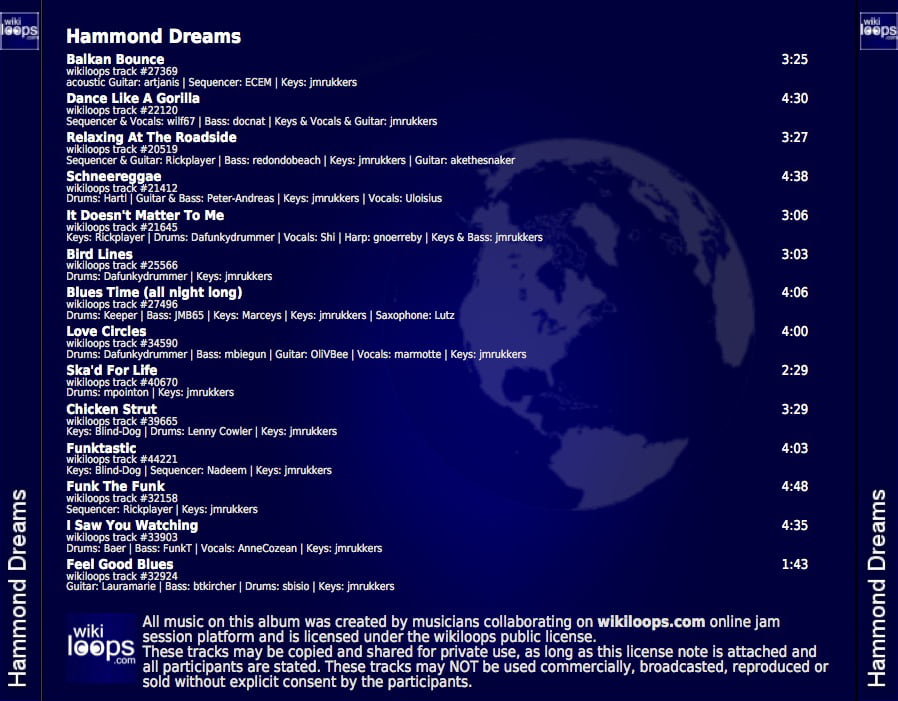A post on the organ forum provides for the download location of a newly restored version of the Hammond Organ Service Manual for free download, painstakingly put together by Organ Forum member Joey B3.
The new version has been completely re-typeset, some pictures have been replaced with better versions, and some sections and some diagrams / schematics have been reintroduced from earlier manuals that were not included in version 495 from sources such as the original 1936-1944, as well as some manuals from the “pre B3” 50s.
The diagrams/schematics/charts have been scanned in at 600dpi for maximum clarity when zooming in. The scans were taken directly from original manuals of the 50s and 60s, with the exception of the diagrams for the Model E and C2-G. It is available as PDF, bookmarked per chapter. It is a more accessible, cleaner version than the one all over the Internet now and should be very useful to anyone who does not have access to an original.
Covers the following Hammond organs: A, A100, AB, BC, BCV, BV, B2, B3, C, CV, C2, C2-G, C3, D, DV, D100, E, G, GV, RT, RT2, and RT3


